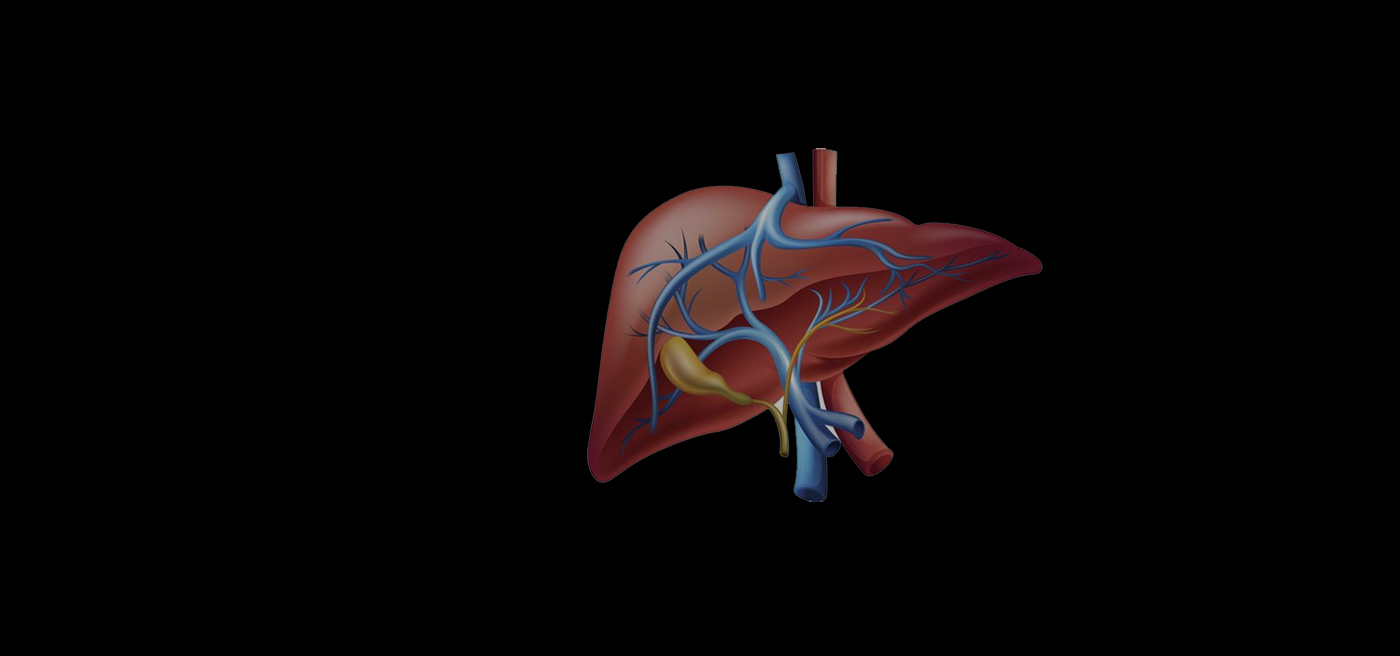What is gastro intestinal system?
It is organ system of body which help us to digest and absorb food we eat. Starts from mouth and ends in anus. It includes oral cavity, esophagus, stomach, small intestine, large intestine, pancreas and liver.
What is the difference between solid organ and intestine transplant?
Liver, pancreas and kidney transplant is called as solid organ transplant. Transplanting of stomach, small and large intestine is called hollow viscera transplant. When we transplant liver along with pancreas and intestines en block it is called multivisceral transplant.
What is short gut syndrome?
Short gut can occur when portion of your intestine is removed in a surgery. This is usually done as a lifesaving procedure in patients with gangrene of the intestine, trauma with extensive injury to intestine, crohn's disease, etc.
Some children are born with missing intestine(intestinal atresia) or may develop damage to intestine(necrotizing enteritis/crohns disease/long segment hirschprungs disease) that must be surgically removed in order to save them.
This leads to decreased effective length of intestine to digest and absorb appropriate nutrients from diet, it is called Intestinal failure. Patient develops malnutrition and this can eventually lead to death
Who is a candidate for small bowel transplant?
People who have small intestine failure are candidates for small intestine transplant.
Person who cannot maintain weight by eating regular food by mouth is considered to have small intestine failure.
People who lose most of the intestine due to gangrene (eg, SMA thrombosis), or who are unable to digest and absorb the food (even though they may have full length of intestine) and maintain a regular lifestyle (eg, tufting enteropathy/long segment hirshprungs disease, malabsorption syndromes and motility disorders) are the ones who will benefit from small bowel transplantation.
What are the alternatives to small bowel transplant?
If a person does not have enough length of small intestine he will not be able to eat food by mouth and hence will not be able to survive.
For the energy requirement, the `food` will have to be given via the tube placed in one of the large veins and it is call total parenteral nutrition (TPN).
What is TPN and how is it given?
Nutrition given by veins in the arms is called peripheral parenteral nutrition(PPN). By this route we will not be able to give 100% of the required calories. It can be used to supplement part of the required calories.
TPN is given by placing special tubes/lines (central venous line) into one of the bigger veins in the neck or groin. This way we will be able to meet the required calories.
What are the long term complications of TPN?
It can be classified into nutritional complications and central vein line related complications.
Nutritional complications:
Taking TPN for many months with no oral intake will lead to deficiency of micro and macro nutrients. It will also lead to cholestasis(Jaundice) and cirrhosis of liver ending in liver failure.
Line related complications:
If the central lines are not handled properly in aseptic manner, they are likely to develop infections. These infections are quite serious and can be deadly. Lines will have to be removed it they get blocked or if they develop repeated line related infections. The place where the lines were placed can become narrowed or can get blocked. This is called central vein occlusion or central vein stenosis. Subsequent access to these veins becomes very difficult and at times impossible.
What veins are used for giving TPN?
There are two veins in the neck (Internal jugular vein or IJV), one on each side. Similarly there are two subclavian veins on the upper chest and two femoral veins in the groin.
Upper extremity veins are preferred for long term TPN and groin veins are used in very sick patients when they are still in the hospital. Rarely lines can be placed into IVC or hepatic veins directly for the purpose of TPN.
How can one prevent complications of TPN?
An expert and dedicated team is necessary to plan and execute safe long term TPN. The team includes transplant surgeon, transplant physician, dietician and group of dedicated nurses.
How is small intestine transplant performed?
We can perform living donor and cadaveric donor small intestine transplant.
In living donor small bowel transplant, a part of the small intestine(about 200cm) is removed from a willing matched donor and is implanted into the recipient.
In cadaveric donor small intestine transplant, intestine comes from a brain-dead donor. Here we will be using the entire length of intestine from the donor. Blood vessels will be connected first and once blood flow is re-established, intestinal anastomosis is performed to maintain continuity of the digestive tract. Many centers bring out the end portion of the intestine out of the abdominal wall as stoma. The stoma is also used to biopsy intestine regularly to monitor for evidence of rejection.
what do we do If one requires small intestine transplant?
You will have to come to Fortis Hospitals, Bannerghatta road, Bengaluru to see the expert team of doctors. Once the patient is deemed fit and is nutritionally optimized he will be registered with the government agency which overlooks the transplant process and wait for suitable organ to be allocated to the patient.


